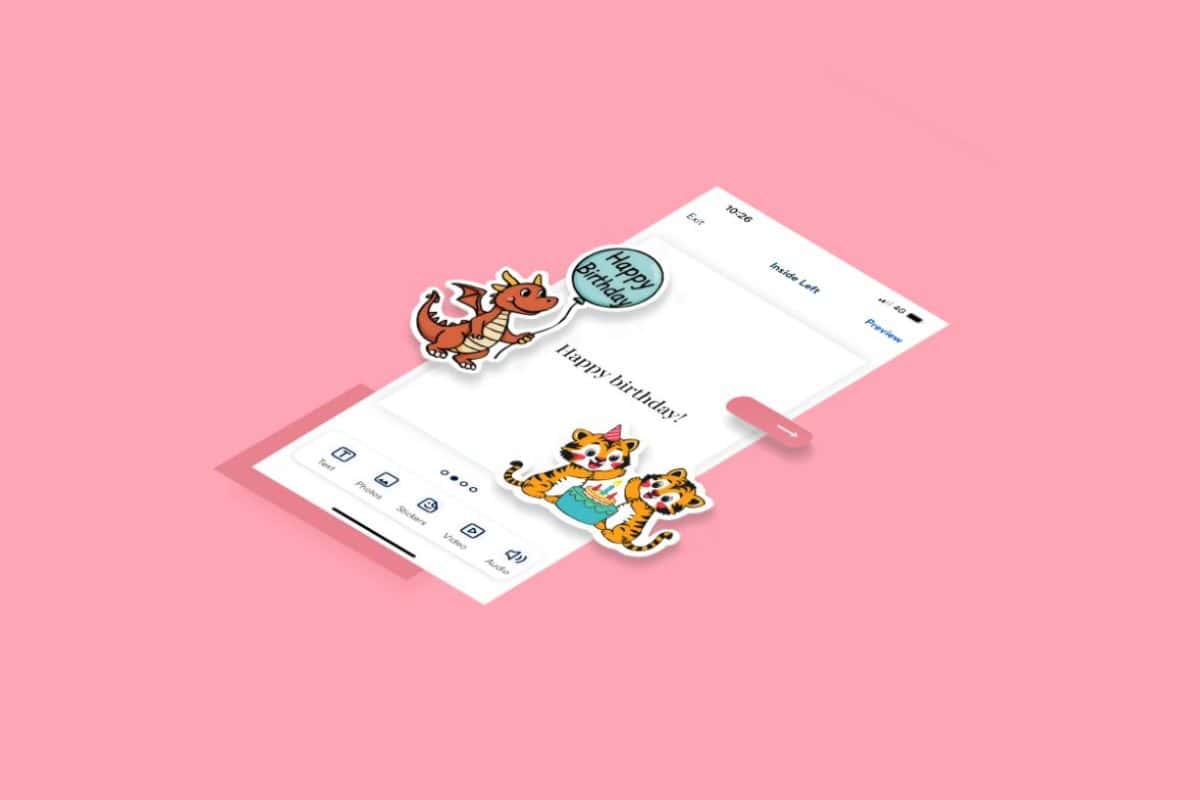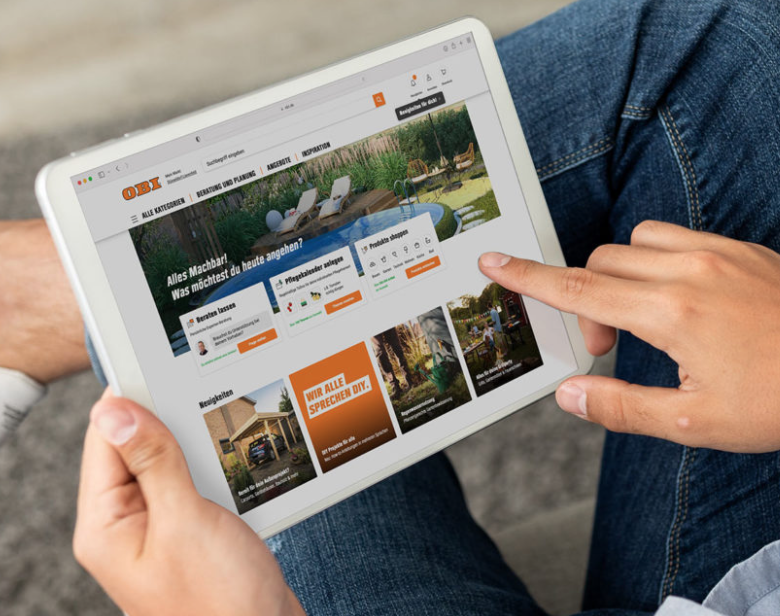Homeware sales are booming in lockdown, but for IKEA there is an elephant in the room: a massive, 8 foot high one made out of balloons.
The homeware brand and its research and design lab SPACE10 have teamed up with a range of tech companies to experiment with how people live and how people could live in the future, all using VR and AR on mobile.
The web-based platform EverydayExperiments.com – which launched on June 17th, 2020 – gathers some of the most interesting technology and design studios to showcase a series of digital experiments that explore new ways of how we interact with the spaces we live in.
The explorative, surprising and playful experiments can be perceived on the platform, that demonstrates how our homes can be experienced in extraordinary ways through the means of technology. Conducted by some of the world’s most innovative design and technology studios*, the experiments focus on AI, Machine Learning, Augmented Reality and cutting-edge Spatial Intelligence.
Technology is part of almost every aspect of our daily life and a driving force for innovation. But can we truly envision a world where tech helps us to live a better everyday life at home? Imagine using your mobile device as a tool to experience how sound moves around your space. What if you could turn your furniture into living creatures, to spark your children’s imagination?
And what if you could control what spatially aware devices can sense and process in your home while making sure they respect your privacy? It’s about taking the everyday and making it extraordinary.
“The future home should be about the people first. It’s a place for everyone to be safe, to feel comfortable and in control,” says Fredrik Axén, Digital Manager Core Business Franchise, Inter IKEA Systems. “Technology is quickly becoming a vital part of the IKEA customer experience and home furnishing offer. Being a values-driven brand, we focus on people and planet. As we enter a new digital era, we are also exploring new ways to create a better everyday life at home, while protecting people’s privacy.”
Through projects with forward-thinking collaborators IKEA and SPACE10 aim to design innovative solutions for tomorrow. EverydayExperiments.com is a platform where design and technology studios come together to engage, spark discussions, challenge convention and inspire action through new collaborations. The collaborative experiments have been developed with the intention to create a better everyday life at home.
Living in the same space over years people become accustomed to their living environments and lose sight of the potential of their homes. How could we use technology to rediscover fresh ways of looking at our space to rethink our environment?
“Home – especially these days – plays an important role in how we develop our everyday interactions and relationships,” adds Bas Van De Poel, Creative Director at SPACE10. “It is not only the place where we live but the place where we work, teach our children and where we connect with the world digitally. We believe, the more we learn about the next curve of design and technological innovations, the more we can help people to make tomorrow’s life at home, and with each other, even better.”
The Everyday Experiments platform will launch on June 17th, 2020 and continuously showcase technological and innovative design experiments to spark new ways of looking at our homes and spaces we live in.
Extreme Measures is a friendly, unexpected way to capture dimensions and volume. The speculative design prototype allows people to place “elephants” anywhere in their homes to measure how much space they have: the area under the bed, the corner under the stairs. The elephant inflates itself to the limits of the newly discovered space.
Fort Builder allows people to take real objects from their house and stack them on top of each other, defying the laws of gravity, until they let go and everything falls over. This experiment encourages people to remember the joy of building something as a child and then knocking it over. It is also a case for reinterpreting everyday objects: blissfully ignoring their functions and instead seeing building blocks for a castle wherever they look. To achieve this, FIELD applied spatial mapping to already known metaphors or habits, to create new tools for playing with space and interior.
Home Applications, meanwhile, is a technical prototype for a collection of apps which would allow people to teach their old furniture some new tricks, which they could then control to suit their own personal needs at their leisure.
For example, home applications would use sunrise and sunset to open and close blinds; use a light bulb to warn about high levels of air pollution; or take pictures from the NASA photo archive and turn them into a lighting display. All three experiments would use common and “standard” tooling and conventions to allow as many people as possible to jump straight to something they already know. The web user interfaces are created using Gatsby (React), with each experiment involving different open source dependencies and libraries as needed.
Optical Soundsystem is a speculative design prototype for an augmented reality application that would allow people to “see” music in their environment. With it, people could identify a loudspeaker in their home and create a real-time visualisation of the sounds they hear, allowing them to experience their music not only acoustically, but also visually and spatially. The sound waves would bounce off and move around the objects in their home, and they could customise the type of style they like to see.
The visuals would be achieved by identifying the speaker with object detection and pose estimation using a camera-phone, and by configuring each speaker to synchronise audio coming from it. The visual “sound waves” are a 3D representation of the music as it moves around and interacts with the surroundings.








